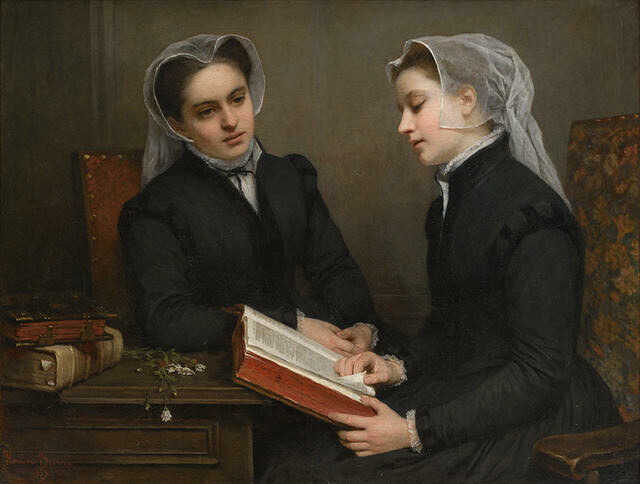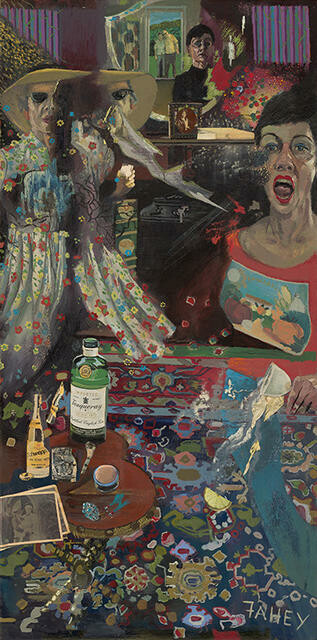Ways to Paint
By Rebecca Ogle
When it comes to paint, there are many different mediums and techniques at an artist's disposal which are carefully chosen to suit their concept.

Terrick John Williams Twilight, Venice
Oil paints are pigment mixed with oil (traditionally linseed). Oil paint slowly oxidises into a hard form but remains moist and pliable for a long time. It can be applied in thick layers called impasto. In this work you can see how a light colour can then be applied over a darker one to cover it completely.

John Barr Clark Hoyte Akaroa Harbour c. 1875
Watercolour paints are pigment mixed with a soluble gum arabic or other fixative. Light from the white paper is reflected back through the pigment. Watercolours are light sensitive so will fade in strong light. Watercolour paints are very convenient and transportable for outdoor studies. This work is a tight watercolour controlled within drawn forms.
















